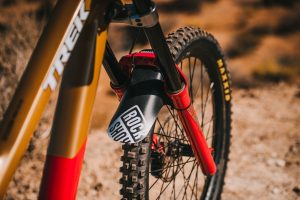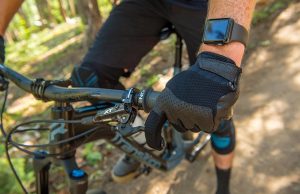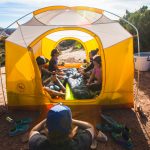Choosing the right bike pedal can be tough. There are so many different types of pedals out there, and they all have their own unique features that make them worth considering. Bike pedals vary in price range, weight, grip style (toe clip vs clipless), materials used for construction (steel vs aluminum), and cleat type. In this article, we will go over how to choose the best type of pedal based on your needs, as well as give you some tips on maintenance that every cyclist should know.

Table of Contents
Type of Pedals
There are three main types of bike pedals, all with their own advantages and disadvantages. This list is in order from least expensive to most expensive:
- Clipless: These have a very simple design that allows for quick entry into the pedal by clipping your shoe into it using a small cleat attached to the bottom of your cycling shoe. The downside to these pedals is that if you fall, it can be hard for somebody else to remove your foot from the pedal.
- Toe Clips: This type of pedal has become less popular due to clipless technology taking over, but they are still available for those who want them. Toe clips attach to your shoe, but do not have a locking mechanism. The upside to this type of pedal is that it can be easier for somebody else to help you get out of the pedal if needed because there are no clips involved in getting in or out.
- Platform: This type does not attach itself to either your cleat or toe clip, and is just a regular flat platform. This type of pedal is great for beginners, but can be tricky to clip into when you are riding at high speeds or over rough terrain because it does not tighten down on your foot like the other types.

Type of Riding
Different types of pedals are better for certain kinds of riding. Most riders will have a preferred type of pedal, but it is important to choose the right type based on how you ride.
- Road Riding: Road pedals are lightweight, durable, and have a smooth outer surface to reduce the chance of your shoe wearing out.
- Mountain Biking: These pedals are durable and have a large platform for increased stability when riding off-road.
- Commuting: Commuter bikes do not typically go very fast or have a lot of extra features, so lightweight pedals with smooth outer surfaces like those found on road bikes make sense.
- Kids: Kids’ bikes are typically small, so it is important to find pedals that can accommodate their smaller shoe sizes.
- Recreational: For those who just want to ride for fun, lightweight pedals with smooth outer surfaces are a good choice.
Note: Hybrid bike pedals are a good choice for most riders because they have a large platform of mountain bike pedals, but the outer surface is smooth like those found on road pedals.
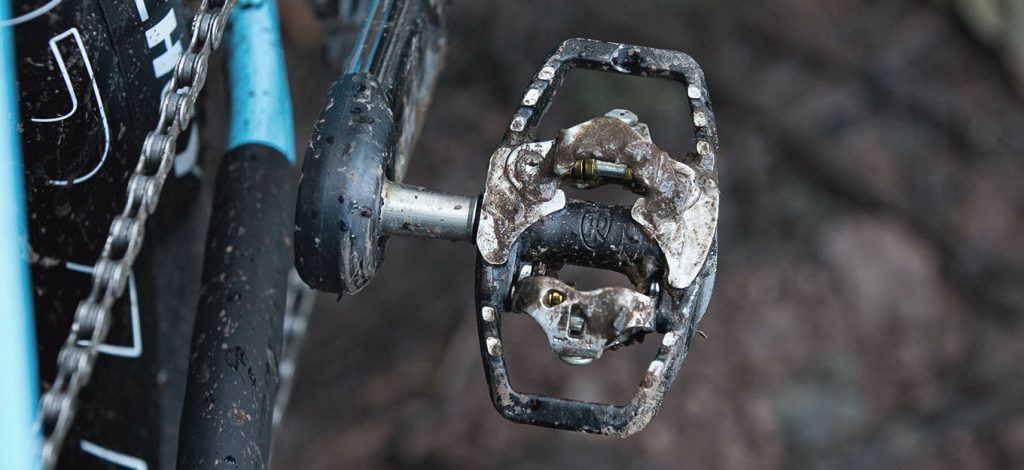
Weight and Durability
The weight of the pedal is important to consider because it adds extra weight to your bike. This can be a factor when you are carrying the bicycle up and down stairs or hauling it in a car rack. The durability of the pedal is important because you do not want it to bend or break when riding.
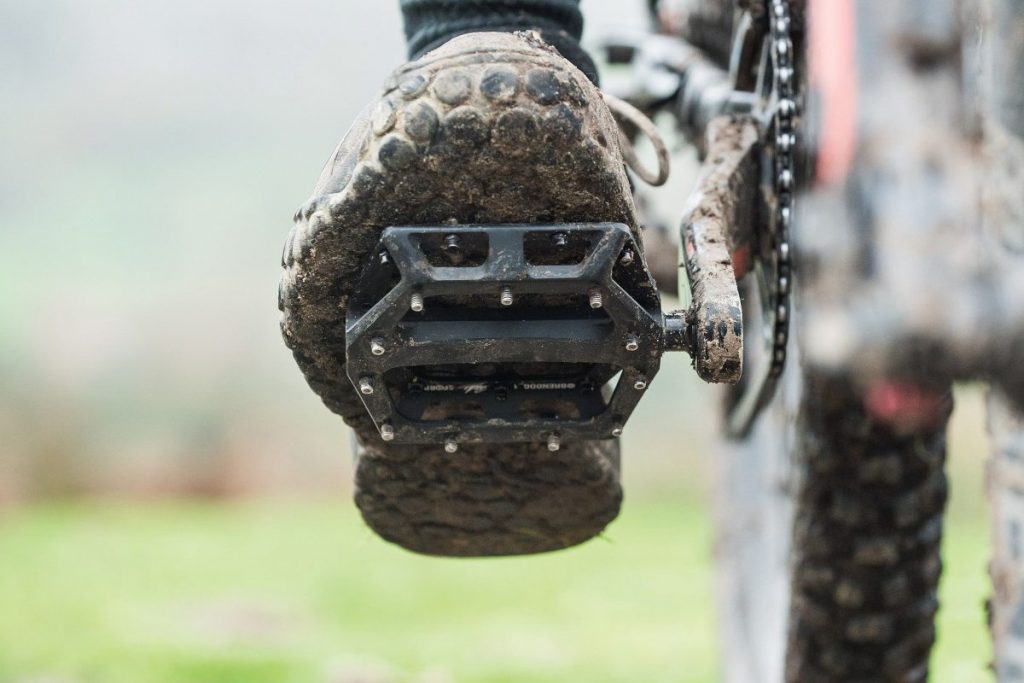
Pedal Materials
The materials used for the construction of the pedal can affect its durability, weight, and grip. The most common types are:
- Aluminum: Lightweight, durable, affordable.
- Steel: Durable and inexpensive. Not as lightweight or easy to clip in/out of compared with other materials.
- Plastic: Cheap, but not as lightweight or easy to clip in/out of compared with other materials. Not as durable as aluminum.
- Carbon: Very lightweight, but also expensive and not as easy to clip in/out of compared with other materials.
Note: Mountain bike pedals are typically made of steel, which is a durable choice for off-road riding.

Types of Cleats / Shoes
There are three different axles that most bikes have today:
- Shimano SPD-SL: This is a popular type of cleat that can be used on both road and mountain bikes. These are not specific to any type of bike and can be used on both.
- Look KT-17: These are very popular road pedals because they are very lightweight and durable.
- Speedplay: These pedals are not as popular today because they tend to be quite a bit more expensive than the other types, but they are still a great choice for those who prefer them.
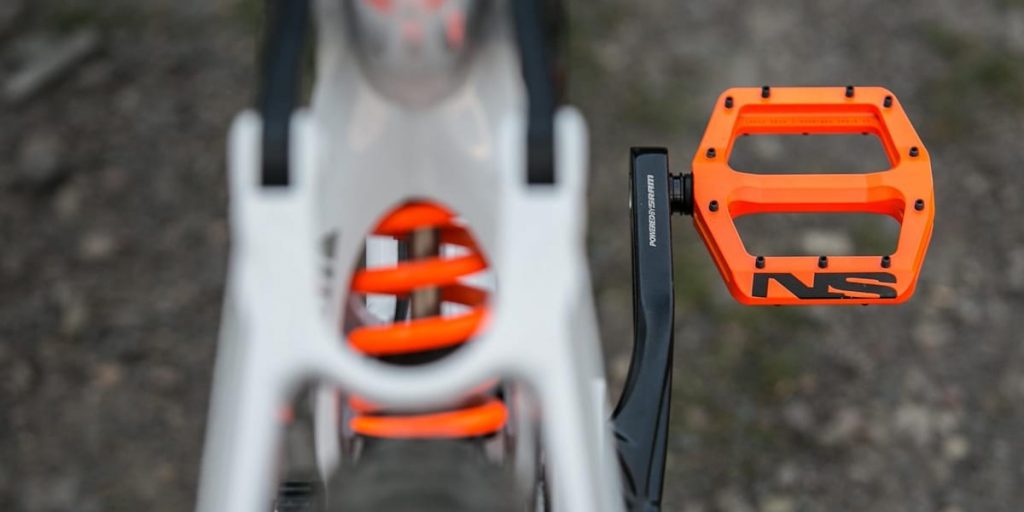
What to Avoid
There are a few things to avoid when choosing pedals for your bike. It is important not to choose the wrong type, but it is also important not to get distracted by unnecessary features.
- Avoid plastic pedals: Cheap and lightweight, but not durable.
- Avoid non-clipped pedals (flat pedal): These are great for casual riding, but not good for high speeds.
- Avoid pedals with complicated features: Look for a simple pedal that is durable and easy to clip into.
- Avoid low-quality pedals: Higher-quality pedals are easier to clip into, but they are typically more expensive.
- Avoid plastic pedals: Cheap and lightweight, but not durable.
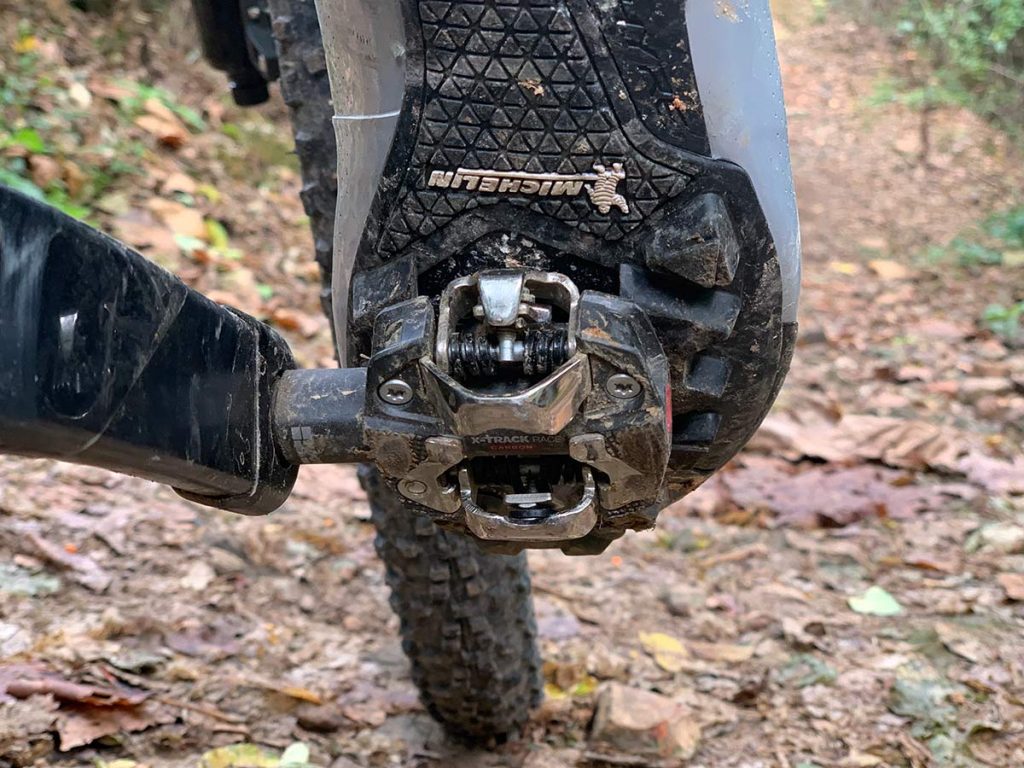
Tips on Pedal Maintenance
There isn’t much maintenance needed to keep your bike pedals running smoothly, but there are a few things you can do to make sure they last as long as possible.
- For toe clip pedals, make sure that you screw them in tight enough to prevent slipping.
- For clipless pedals, make sure that the cleat is not worn down and does not have any missing pieces.
- Keep your bike in a safe place so that nobody can vandalize it.
- For platform pedals, make sure that they are tightened down and not loose or wobbly.
- When using clipless pedals, never walk around in them. This will wear down the cleats on your shoes, which can make it harder to clip in and out of the pedals when riding.
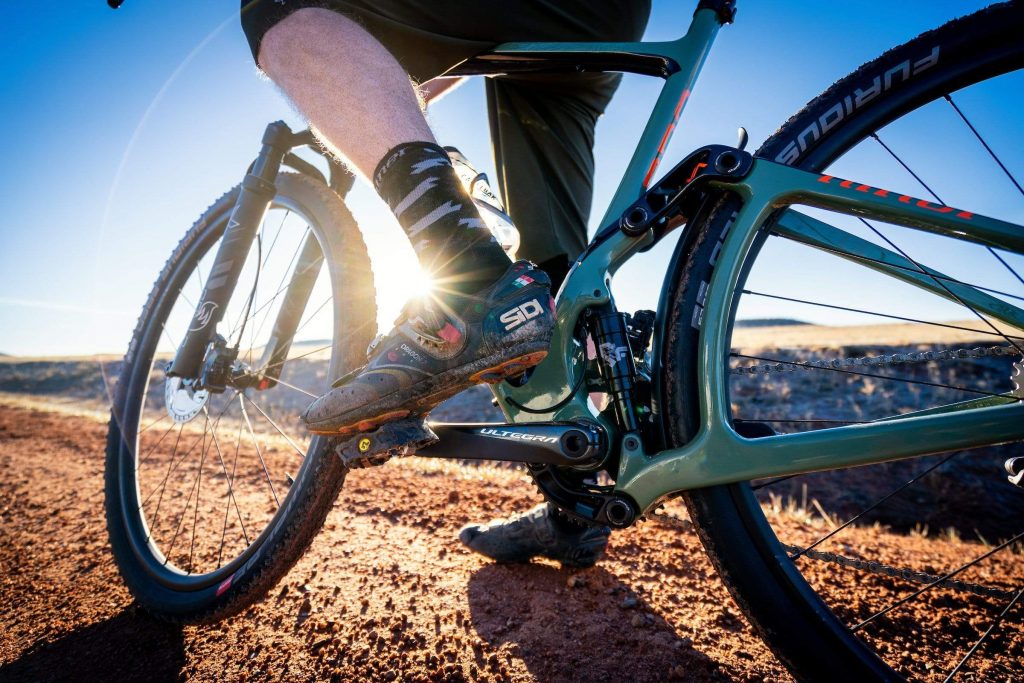
FAQ
Q. What is the most important factor in choosing a bike pedal?
A. It really depends on what type of riding you plan to do. If you are riding on the road, then weight and durability matter most. If you plan to ride off-road, then pedal materials become more important.
Q. What is the difference between platform, toe clip, and clipless pedals?
A. Toe clips attach to your shoe but do not attach to the pedal. Clipless pedals use a cleat and tighten down on your shoe when riding. Platforms do not have either of these features.
Q. How do I choose the right side of the pedal for my bike?
A. This will depend on what kind of riding you plan to do. Road pedals are typically between 90mm and 110mm long, while mountain bike pedals can be as short as 40mm or 50mm depending on your stance.
Q. Which pedal is easier to clip into road or mountain bike pedals?
A. This depends on what type of pedal you are trying to clip into. Mountain bike pedals have a wedge that is difficult to unclip from until it clicks, while road pedals use a cleat that is easy to unclip.
Q. What size should my pedals be?
A. There are several different pedal sizes, so check your bike’s manual to be sure. You can also measure the width of your shoes before buying a pedal, but this does not guarantee that you will have the proper fit.
Q. Can I ride platform pedals?
A. Yes, but you will not be able to clip into them. If you do not want your feet to move around as much, then it is a good idea to wear shoes with straps.

